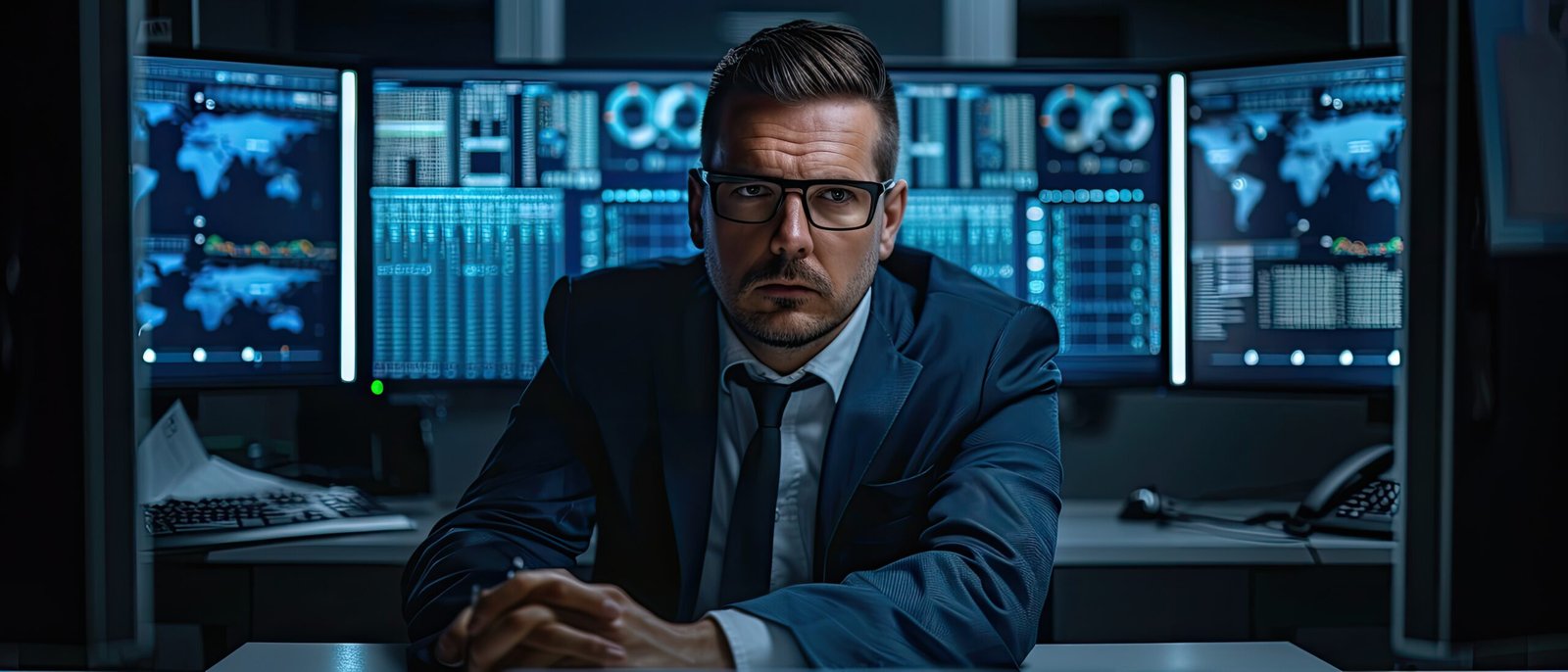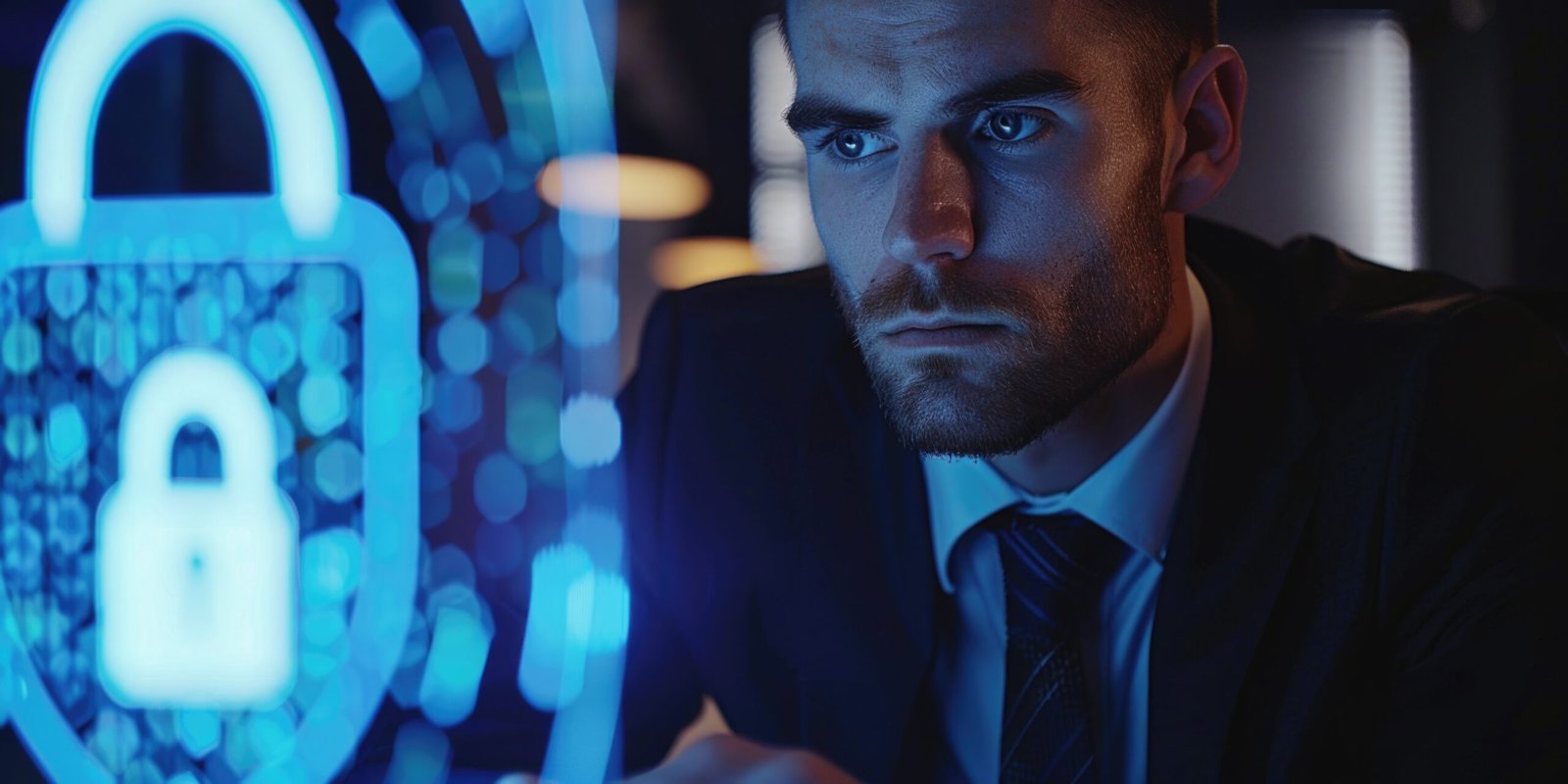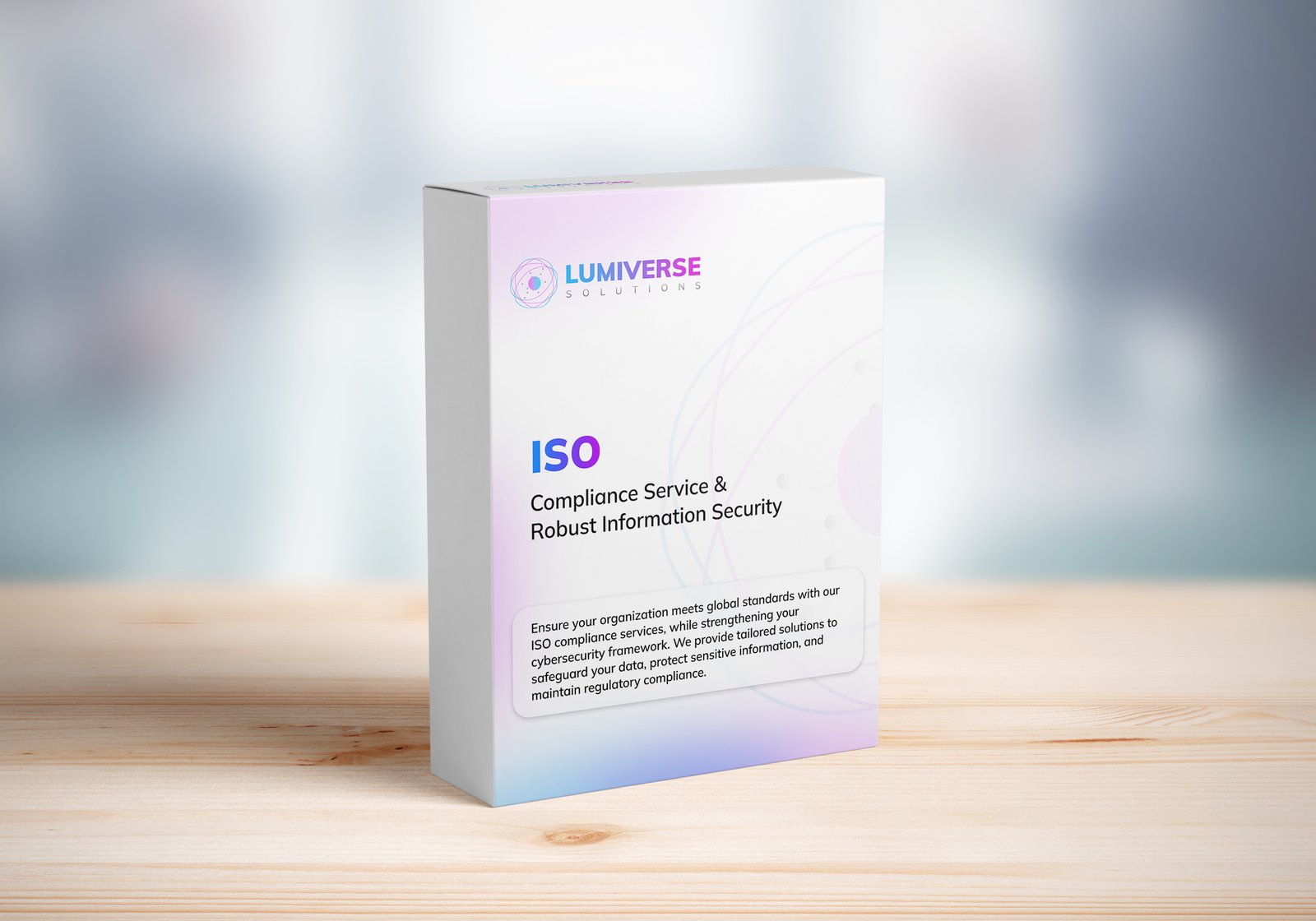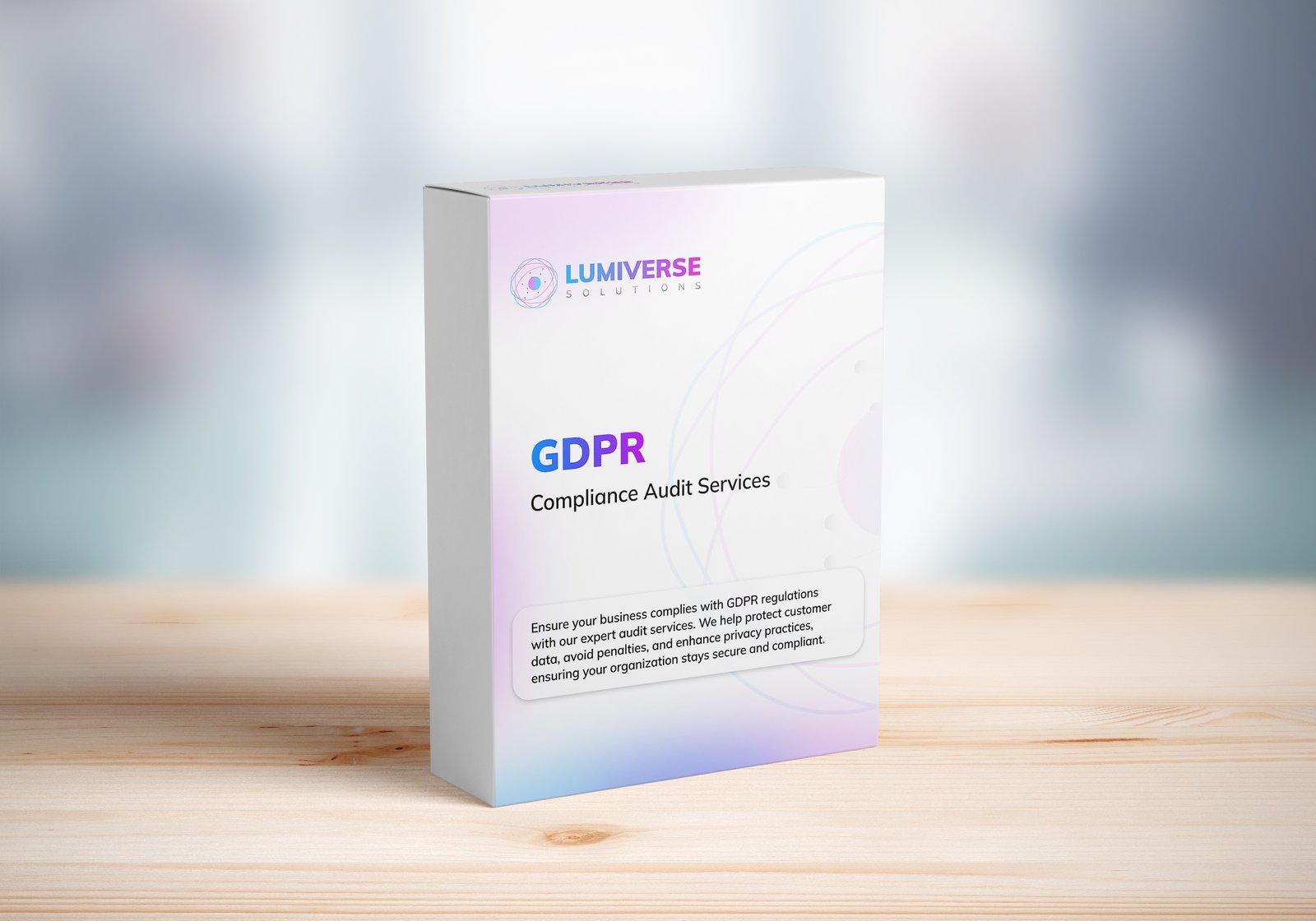Why Cybersecurity Is Now a CEO’s Responsibility

INTRODUCTION
In the hyper-connected age, the threat of cyberattacks is no longer a technical issue—it’s an executive imperative. Why cybersecurity has become a CEO-level issue has become boardroom canon, particularly as digital threats transform themselves into company crises that can ruin reputations, bleed resources, and take apart operations overnight.
The Evolving Threat Landscape
After being relegated to the IT department, cybersecurity has become a board-level concern. This is because the sophistication of cybercrooks continues to rise, along with the serious business impact of data breaches. From ransomware disabling supply chains to phishing attacks on executives, why cybersecurity is now an executive issue becomes more apparent with every headline-making breach.
CEOs Are Now Responsible for Data Security
Regulatory forces are mounting everywhere. With legislations such as the GDPR, India’s DPDP Act, and CCPA active, organizations risk high fines and public reputational losses for data mismanagement. CEOs, being the ultimate signatories of corporate accountability, are now being held accountable not only legally, but also in the public eye. That is why cybersecurity is no longer merely an IT to-do list but a high-level leadership imperative.

Investors and Boards Expect Security Leadership
Today’s investors and stakeholders demand transparency, particularly in digital risk management. Cybersecurity has become a key topic during mergers, funding rounds, and IPO discussions. The board wants to hear how the CEO is planning and investing in protection. Why cybersecurity is now central to boardroom dialogue is because trust, valuation, and future growth depend on it.
Cyberattacks Are Business Attacks
Contemporary attacks are about disrupting business, rather than stealing information. A DDoS attack can take ecommerce sites down. CEOs need to see cybersecurity as business continuity. Why cybersecurity is currently a fundamental business strategy is in the way omnipresent digital infrastructure has become in all sectors.
Brand Reputation Is On the Line
In the age of social media and instant news, a single breach can lead to a PR nightmare. Customers are quicker than ever to abandon brands that don’t protect their data. After all, why cybersecurity is now a pillar of brand integrity is evident in how quickly customer trust evaporates after a breach.
The Talent and Culture Aspect
A culture that is security-minded begins at the top. When CEOs make cybersecurity a priority, it filters down through vendor selection, employee training, and hiring. It is embedded in the company’s DNA. Why cybersecurity has now become integral to company culture is connected to how cyber-resilience starts with informed, vigilant human behavior.
CEOs Must Lead Incident Response
Regardless of how ready an organization is, accidents will occur. CEOs should be composed, responsive leaders in times of crisis. From stakeholder communications to coordination with law enforcement, their leadership is essential. This leadership role is a significant reason why cybersecurity became included in a CEO’s operational readiness.

Digital Transformation Demands Secure Growth
Companies in the present operate on digital infrastructure—cloud platforms, SaaS tools, remote teams, and data analytics. CEOs driving transformation will also have to provide secure scaling. Security cannot be an afterthought anymore. Why cybersecurity is at the center of digital strategy now is that innovation without protection is a recipe for disaster.
Cyber Insurance and Financial Planning
Cybersecurity now has implications for financial planning. CEOs are faced with balancing cyber insurance, possible liabilities, and breach expense. Cyber risk is financial risk. Boards expect CEOs to make choices that reduce exposure. Why cybersecurity is now a budget item underscores how far its reach extends.
The Increased Danger of Nation-State Attacks
One of the most threatening trends in the cybersecurity arena is nation-state-sponsored cyberattacks. These high-level operations are no longer an exception—these target infrastructure, businesses, and political organizations around the globe. CEOs need to realize that the adversary may not always be some rogue hacker but, rather, a well-financed foreign opponent.
Why cybersecurity has become an international concern is apparent when you think that your company might be collateral damage in a geopolitical skirmish. CEOs must collaborate closely with government agencies, industry allies, and security professionals to ensure defenses are robust enough to meet such threats.
Supply Chain Vulnerabilities: The Weakest Link
You can have all your best in-house cybersecurity, but what about your partners? What about third-party vendors who have access to your systems?
Recent incidents, such as the SolarWinds attack, showed how supply chain exposures can weaken even the most secure companies. CEOs need to spearhead third-party security assessments and fortification. Why cybersecurity is a CEO’s cross-functional priority arises from the reality that digital ecosystems are highly interconnected, and your risk is no lower than your weakest partner.
Remote Work Has Remapped Security Perimeters
Corporate systems are accessed by employees from home networks and personal devices, frequently circumventing traditional security measures.
CEOs must make sure that cybersecurity adjusts to this new model. This involves implementing endpoint protection, VPNs, zero-trust architecture, and ongoing training. Why cybersecurity is now a work-from-anywhere challenge emphasizes the necessity of contemporary, scalable security strategies advocated by the leadership.

Cybersecurity as a Competitive Advantage
Innovative CEOs know that proactive cybersecurity is not merely risk management—it’s also marketing. Customers, investors, and clients all favor companies that prioritize digital security.
When businesses announce their commitment to cybersecurity—like achieving ISO/IEC certifications, employing secure-by-design, or having open security policies—it earns them credibility. Why cybersecurity is becoming part of your competitive brand identity makes sense when it brings opportunities for new deals, collaborations, and market growth.
The Human Element: Social Engineering and Insider Threats
Despite all technological advances, humans remain the most common attack vector. Phishing, social engineering, and insider threats continue to bypass systems through simple manipulation.
As CEO, you must endorse regular awareness training, internal simulations, and access control policies. Empowering employees to act as the first line of defense reflects why cybersecurity is now more about people than machines. It’s a culture shift, not just a tech upgrade.
Cybersecurity Metrics That CEOs Should Track
Data-driven CEOs thrive when they track the correct metrics. That holds true for cybersecurity as well. You don’t have to be a tech whiz, but you should know KPIs such as:
Time to detect (TTD)
Time to respond (TTR)
Number of incidents per month
Phishing click-through rate
Percentage of patched systems
can offer strategic guidance. Why cybersecurity is today a quantifiable business function is that it enables CEOs to monitor progress, benchmark risk, and justify expense.
Investing in the Right Cybersecurity Talent
Recruiting cybersecurity professionals is more competitive than ever. CEOs must prioritize building a resilient security team, not just filling roles.
Whether hiring CISOs, ethical hackers, or compliance officers, investing in your cybersecurity talent shows long-term commitment. Why cybersecurity is now a C-suite recruiting priority is evident in how essential these experts are for guiding strategy, assessing threats, and leading recovery during incidents.
CEO as the Crisis Communication Face
When there is a breach, your CEO is most likely the one who answers the media, stakeholders, and customers. Your tone, words, and transparency set the tone for how publicly your company will be seen to be ethical.
There must be crisis communication planning and CEOs must be media-trained. Why cybersecurity today is a PR issue is connected to the fact that reputational damage can cost much, much more than operational loss.
The Role of Cybersecurity in ESG and Governance
Environmental, Social, and Governance (ESG) metrics are the metrics of today that measure businesses.
By championing responsible data usage, customer safeguarding, and secure systems, CEOs position their firms with socially responsible methods. Why cybersecurity is evolving into an ESG pillar can be observed through how corporations are being held accountable by investors, consumers, and regulators.
Future-Proofing: AI, IoT, and Quantum Risks
In the future, emerging technologies such as AI, IoT, and quantum computing pose new threats. CEOs have to make their organizations race ahead of future threats today.
Active investments in R&D, partnerships with cybersecurity trailblazers, and responsive strategies are what are needed. Why cybersecurity is now a long-term innovation problem is that tech trends change at a quicker pace than outdated defenses can keep pace.

Conclusion: Cybersecurity is Leadership
The days of thinking that cybersecurity is somebody else’s responsibility within the IT department are in the past. The risks are too high, threats too advanced, and consequences too severe. It’s no longer a trend why cybersecurity has become the CEO’s responsibility—why it’s a necessity. CEOs who step up to this challenge will safeguard their businesses not only but also lead them with assurance, strength, and vision toward a secure digital future.
Disclaimer
This blog is for general information purposes only. This is not professional advice or cybersecurity consultancy. For personalized cybersecurity solutions, consult with authorized experts or agencies.
Recent Posts
Categories
- Cyber Security
- Security Operations Center
- Cloud Security
- Case Study
- Technology Trends
Vulnerability Assessment & Penetration Testing (VAPT)
Buy our VAPT services to identify vulnerabilities, simulate real-world attacks, and strengthen your systems against cyber threats effectively.

iso compliance service
Buy our ISO Compliance services to streamline processes, ensure security, meet global standards, and maintain industry certifications with ease.

SOC 2 Compliance Audit
Ensure your business meets security, privacy, and compliance standards with our SOC 2 Compliance Audit services. Protect data, build trust, and stay secure. Buy our services today!

GDPR Compliance Audit Services
Ensure your organization meets GDPR standards with our expert compliance audit services. Protect data, avoid penalties, and enhance privacy practices. Buy our services today to stay secure and compliant!

Subscribe to our Research
Enter your email address to subscribe to Lumiverse Research and receive notifications of new posts by email.
Tell Us Your Opinion
We value your perspective! Share your thoughts, feedback, or questions below. Your opinion matters and helps create a richer, more engaging conversation. Let’s connect and hear what you think about this post!

